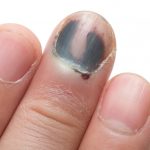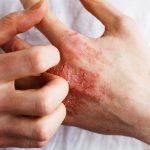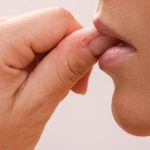
If you’ve ever slammed a door on your finger, you know how badly an injured nail feels, but do you know how to treat one? First, do what you can to prevent one. “To prevent a nail injury, I tell my patients to keep their nails short, so they do not bend or catch on objects,” said Dr. Shari Lipner, an associate professor of clinical dermatology at Weill Cornell Medicine in New York City. “Not only do short nails stay cleaner and break less often, they’re also good for your overall health because they are less likely to harbor dirt and bacteria, which can lead to an infection,” she said in an American Academy of Dermatology news release. “It’s also important to make sure your shoes fit well and have a wide toe box to prevent rubbing. If you play sports, make sure to wear the proper gear to protect your nails,” Lipner advised. But if you do smash your nail, Lipner has some suggestions on how to treat it: Treat your wound. If any part of your nail is hanging off, gently trim away the part not connected to your skin. Clean the wound using soap and water. If the wound is bleeding, apply petroleum jelly to keep the wound moist, then cover with gauze or a bandage. Repeat these steps every day while… read on > read on >



























-300x200.jpg)










